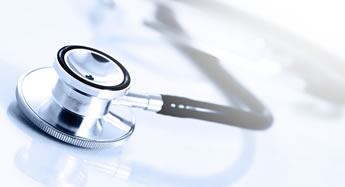New proposals for the regulation of medical devices in Europe
January 2013
NOTE - Information correct at date of publication. There have since been updates to this content: Please see updated content here |
The European Commission has recently published new legislation in the form of two draft Regulations to govern the regulation of medical devices and in vitro diagnostic medical devices in Europe. The Regulations will replace the Directives which currently provide a regulatory framework.
The Commission has elected for evolution, rather than revolution, of the current system. The key aims of the revisions include improving harmonization between Member States and restoring public confidence in the wake of the PIP scandal, while still ensuring prompt access to innovative devices for patients and medical professionals.
The overarching theme of the new Regulations, therefore, is a tightening up of the regulatory framework, rather than a complete revision. While this will impose some additional burdens on medical device manufacturers, and may increase time to market to some extent, we expect that they will welcome the retention of the CE mark system rather than a move to the pharma model of marketing authorisations.
The key elements of the proposal are:
- the new legislation will be in the form of regulations, and so will have direct effect in Member States. The current regime is based on directives, which the Commission say have been inconsistently implemented in Member States;
- Notified Bodies will have their position and powers clarified and enhanced, while being subject to strengthened supervision by Member States. New powers will include the right to undertake unannounced inspections;
- greater transparency, including further development of the European databank on medical devices (Eudamed);
- improved traceability of devices in the supply chain, including a phased and risk-based introduction of UDI (Unique Device Identification);
- reinforced rules governing clinical evaluation throughout the life of the device, including the introduction of the concept of a "sponsor";
- improved market surveillance and vigilance, as well as better co-ordination between national regulators;
- a new requirement for manufacturers to have a "qualified person" responsible for regulatory compliance;
- new rules for the reprocessing of single-use medical devices; and
- the introduction of a new expert group (the Medical Device Coordination Group) which will be able to invoke a "scrutiny mechanism". The MDCG will have the power to review and comment on Notified Body assessments of high-risk medical devices before the device is put on the market.
The legislation will next be considered by the EU Parliament and Council and is expected to be adopted in 2014. The new rules would gradually come into effect over the five years after that.
Read more on the draft Regulations
If you have any questions on this article or would like to propose a subject to be addressed by Synapse please contact us.


Tim Worden
Tim is a partner in the Patents and Life Sciences group based in our Cambridge office.


